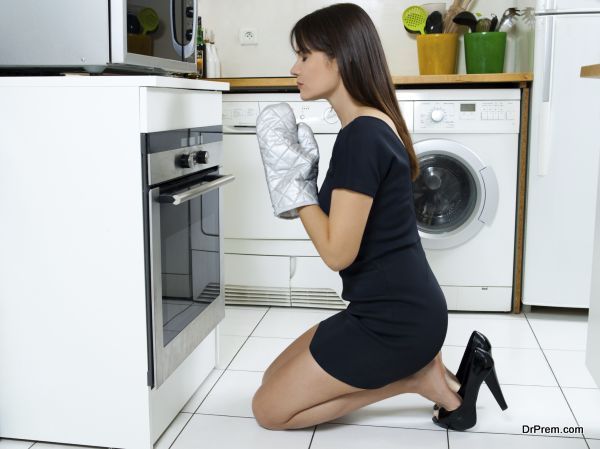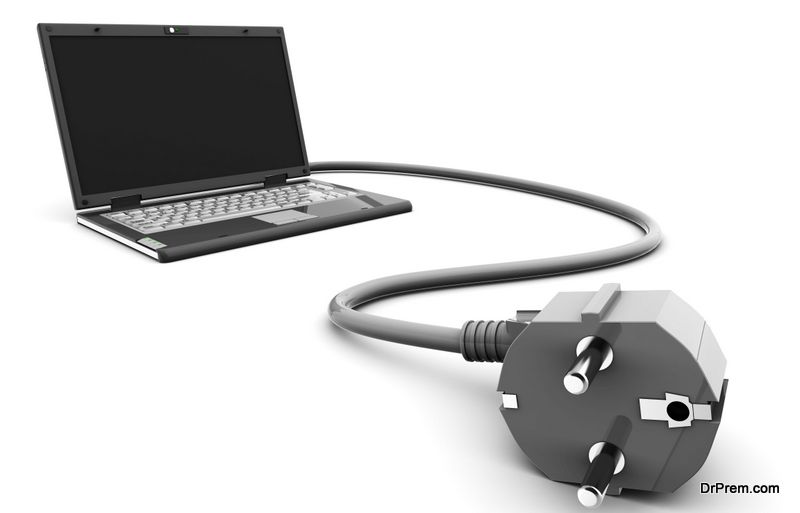By working from home, you’re already taking steps to reduce your carbon emissions – you’re not driving anywhere and there’s no need to create an office space for you. You can further reduce your carbon emissions and save money by reducing your power consumption. There are a wide variety of ways you can go about this; some are quite inexpensive, while others come with a hefty price tag. Which methods you’ll employ will depend heavily on your goals.
You, The Vampire Slayer

The simplest way to reduce your energy consumption is by slaying vampires. Vampire power (also known as standby power) is what we call electricity used by devices that you’re not actively using. Updates to software, your TV being able to receive the signal from your remote control, the timer on your microwave – all of these take energy. By reducing the amount of vampire power in your home, you save money and power; good for your wallet and good for the environment.
While working from home, paying attention to vampire power is particularly easy. Get yourself power strips that have an on/off button or a timer, and attach all of your electronic devices to those strips. This can help you focus on your work, too; you might be inclined to start watching TV, but when you can’t turn it on with the remote and you need to turn on the strip manually, you might pause for long enough to decide to go back to work.
Lights, Computers, Action

When working at home, you should consider all of the things you’ll be using more frequently than if you were in an office. The chief culprits for increased use are your lights and your computer, be it a laptop or a PC. There are a number of ways you can reduce how much energy these devices take up.
For computers, you’ll want to focus on the computer itself and your monitor (if applicable). You can access power saving modes on both Mac and Windows computers; instructions for Windows 10 are available here, and instructions for Mac can be found here. You can save more power by unplugging peripherals – in other words, don’t plug your printer in until you’re ready to use it.
You should get rid of screensavers – when your computer isn’t in use, have it go into sleep mode automatically. When it comes to saving power on monitors, it can be as simple as reducing your brightness, much like power saving on your phone.
There are low-power PCs, laptops, monitors, and appliances available. You might consider buying them if you want to save even more power.
Turning to the lights, there are a few things you can do. Make sure to have appropriate task lighting so you’re not straining to write. What’s more, task lighting can mean you don’t need to use ambient lighting. Open your windows and turn on a lamp! When it comes to light bulbs, many of us only have the option for CFLs. For those who still have incandescents available, go for CFLs instead – they use much less energy and they last longer.
Home Fixtures

You’re going to be in your home much more often when you’re working there. That means you’ll be preparing more meals at home, you’ll be using plumbing fixtures more often, and you’ll be adjusting the thermostat more frequently. There’s a lot of savings to be had here.
Let’s start with some lower cost items. Your faucets can all be switched to low-flow pretty easily; in some jurisdictions, utilities will offer low-flow faucets for free. The pressure is kept relatively constant through a process called aeration, so it still feels very similar.
You’ll be using appliances more often, too – chiefly your oven. You might benefit from getting rid of your old oven and replacing it with a new, Energy Star-approved oven. Do the same with your microwave. Replacing all of your appliances can have a benefit, but the rest of them won’t see increased use as a result of you working from home.
Finally, we come to climate control, the biggest ticket item on the list. You’ll be fiddling with the thermostat more often when you work at home, and you won’t be able to generate savings by lowering furnace and air conditioning use while you’re away from home. There are a number of ways to increase the efficiency of your AC and furnace. Take the time to make sure your home is well-insulated; you can get an energy audit to find out where heat leaks are occurring, and how much it would cost to insulate those areas.
Consider getting regular maintenance done on your AC and furnace. You might also consider replacing them with more efficient models; the HVAC world is full of energy efficient innovations. The same rules apply to your hot water heater; you’ll be using more hot water, so an efficient model that’s well-maintained is a must.
For those not inclined to go for costlier methods of climate control, consider buying yourselves a comfy pair of slippers for the winter and breathable shirts and pants in the summer. Adjust your own outfits for the climate, have your AC and furnace work a little less hard, and save some money.
Article Submitted By Community Writer




